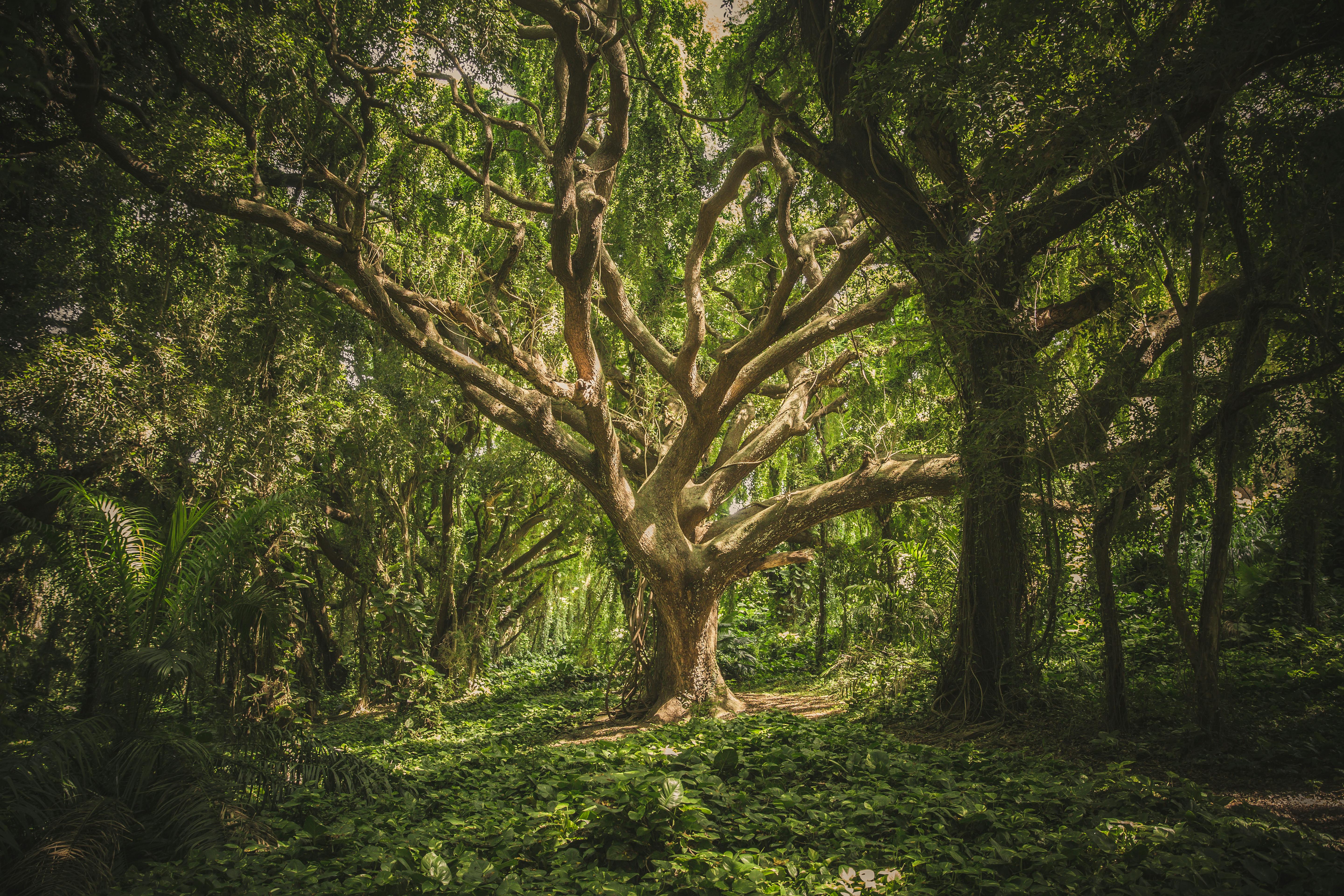Unraveling the Science Behind Forest Therapy: A Pathway to Holistic Wellbeing
Are you aware that spending time in nature, particularly forests, could lead to substantial health benefits? This is not a recent concept, but one that has been practiced for centuries, and is now gaining significant attention in the scientific community. This article delves into the fascinating world of "Forest Therapy," unravelling the science behind its benefits and its role in holistic well-being.

The Emergence of Forest Therapy
Forest therapy, also known as Shinrin-yoku or forest bathing in Japan, is a practice rooted in ancient traditions. It involves immersing oneself in the forest environment, embracing the sensory experience, and fostering a deep connection with nature. Historically, societies worldwide have recognized the therapeutic potential of forests. However, the formalization of this concept originated in Japan in the 1980s as a response to increasing stress levels and health issues in urban populations.
The Science Behind the Trees
The growing interest in forest therapy is not without scientific basis. Numerous studies have linked spending time in forests with various health benefits. One of the key mechanisms behind these benefits is the exposure to phytoncides – volatile organic compounds emitted by trees. Research has shown that inhaling these compounds can enhance immune function and reduce stress hormones.
The Health Benefits of Forest Therapy
Engaging in forest therapy has been linked to a myriad of health benefits. These include reduced stress levels, improved mood, increased energy, enhanced focus, and better sleep quality. Moreover, forest therapy is also associated with physiological benefits such as decreased blood pressure, reduced heart rate, and enhanced immune system function.
Navigating the Challenges
While the benefits of forest therapy are appealing, it’s not always easy or feasible for everyone to regularly immerse themselves in a forest environment. Urban lifestyles, accessibility issues, and time constraints can pose significant challenges. However, experts suggest that even short, regular interactions with any form of nature can still provide considerable health benefits.
Key Insights and Practical Tips
- Try to spend time in natural environments, like parks or gardens, if forests are not easily accessible. Even indoor plants can have a positive impact.
- Engage all your senses during your forest therapy sessions. Listen to the sounds, smell the scents, touch the textures, and observe the sights around you.
- Remember, forest therapy is not exercise. It’s about being in the present moment, slowing down, and connecting with nature.
- Incorporate forest therapy into your routine. Even a few minutes a day can make a difference.
In conclusion, forest therapy represents an intersection between ancient wisdom and modern science. It offers a unique approach to enhancing our health and wellbeing by embracing the therapeutic potential of nature. As we continue to navigate through an increasingly urbanized and stressful world, perhaps it’s time we turn to the forest for solace and healing. After all, nature is not a place to visit, but our home.




